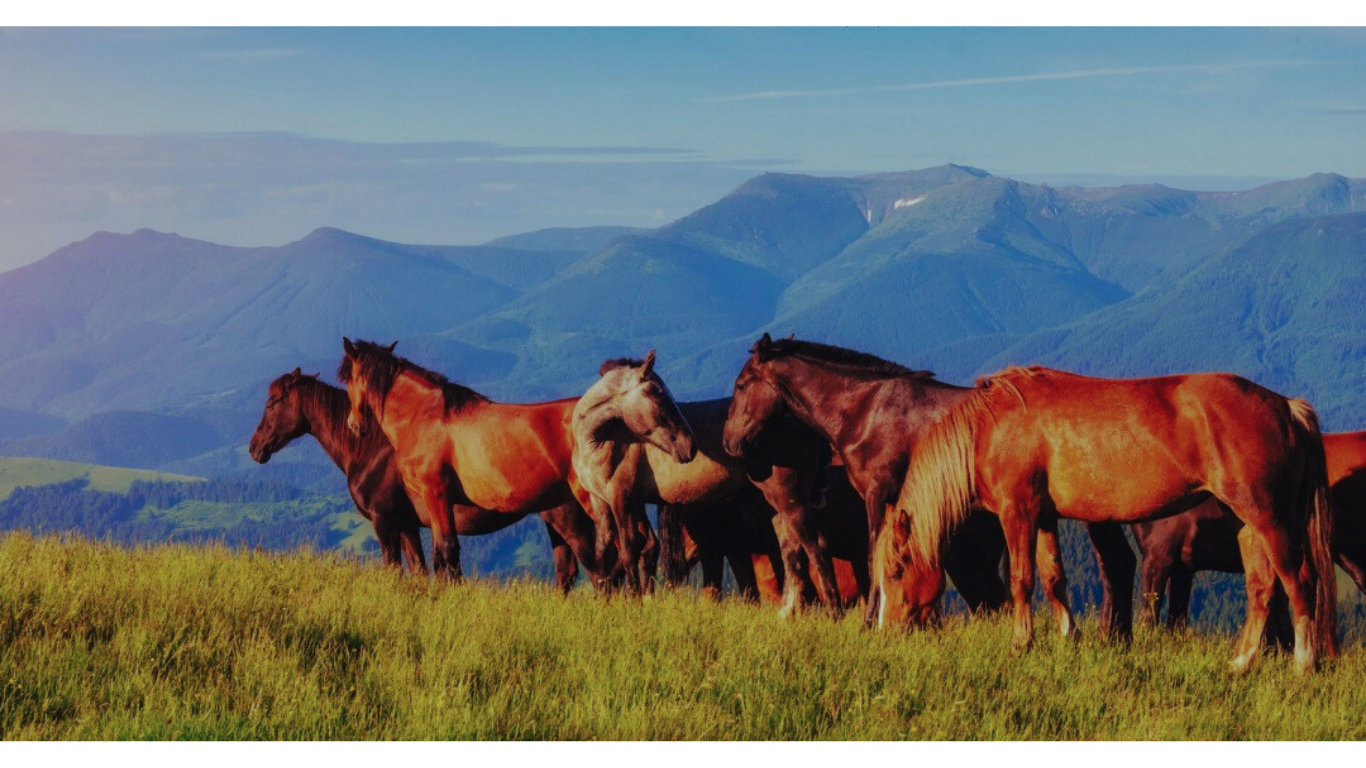
“An Exercise to Develop Feel”
There’s that word again … “feel.” It can be so elusive. What does that mean? And most importantly, how can you develop it? To me[…]

“The Emergency Brake/Two-Handed Stop”
I was recently asked to describe a maneuver I call the “emergency brake.” It is fundamentally a two-handed stop which is used in a variety[…]

“IS MY HORSE RIGHT FOR ME?”
When someone asks this question, it’s never an easy one to answer. “How do I know if this is the right horse for me? I[…]

Stop Leaning!
You’ve heard it before. Someone shouts, “Stop leaning!” Immediately it feels like someone put your finger in a light socket. Your eyes bug out and[…]

“MOVING FORWARD”
Have you ever said, “Well, moving forward, let’s __________ .” You let go of anything that holds you back. You look to what you want[…]

“STAND STILL”
If you’re like me I bet you want your horse to stand still when you get on. Of course you do. You would like to[…]

“WHEN YOUR HORSE GETS ANTSY”
It’s a natural instinct. When your horse gets nervous and starts “antsing” around, you try and calm him by looking down at him, petting him[…]

“Get Ready!”
Factors to Consider When Preparing Your Horse Horses emerge from a stall or a pasture in a very specific state of mind, body and emotion.[…]

“Why Does My Horse Get Numb?”
Have you ever had someone tap you on the arm to get your attention? Your response was probably to turn and see what was going[…]

“Exercise: Flexing Your Horse”
What does flexing your horse mean to you? There are lots of ways people apply this idea of flexing to their personal style of riding.[…]
©2025 Barbra Schulte
